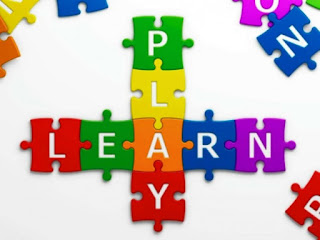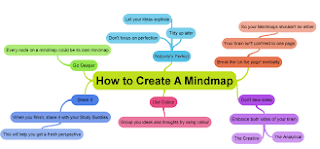It has been a while, but I am back in Teach-Now learning mode! Today's topic is:
Giving my young Kindergarten learners a pre-assessment and then using it to differentiate their learning for the different groups that might arise out of it. But first, let's start with our current world situation.
As we all know, because of... let's just call it "V..." the whole world has had to change a lot these past few months. My field has also had to change. The biggest change for us educators has been moving our classrooms to an online space, Distance Learning. Not being able to meet our students in person has made it so that schools all over the world have had to come up with new ways to help our students grow. Let's start by taking a look at how I pre-assessed my students for their first Unit online!
Because of the new classroom environment, our school decided to make our new Unit be a review of what we had already learned, Phase 2 Phonics (based on the UK curriculum, Letters and Sounds). However, because of V, my students had been out of their (real-life) classroom about a month by the time we met again in our virtual classroom. Since they are so young, I wanted to give them a pre-assessment to see how much they remembered before we dove back in to our lessons. In our virtual classrooms, my co-teacher and I decided to split the class up so that I could administer the pre-assessments. I took a group of 4-5 students, while she took the rest of the class and they worked on something else. Then, we would rotate the remaining students around, until all students took the pre-assessment with me.
For our pre-assessment, I chose to go with our "Mini Whiteboard Time." My students know what "Mini Whiteboard Time" is. I ask my students a question (or simply state what I want from them) and they write (or draw) their answers on their mini whiteboards and show them to me. Although, since most students do not have a mini whiteboard at home, they did this with good old-fashioned paper. During our small group session, I would sound out words and "silly words" (not real words) and students had to write the letters they heard on their mini whiteboards (e.g., "What sounds do you hear when I say C-C-C A-A-A T-T-T?" Students should then write the letters C, A, and T) and then show me their answers. I would then take note of how many students seemed to remember the sounds of the letters and/or what sounds/letters students had problems with.
*Note: all students are ELL's from China.
Thanks to my pre-assessment, I was able to see that my students fell into one of three groups:
1.) 5 students got almost all the questions right. They have almost no problems at all with the sounds of the letters.
2.) 12 students got a lot of the questions right. They did very well, however, there is still some room for improvement.
3.) 5 students appear to have limited knowledge of the sounds the letters make. For three of the students, it seems to be specifically because of the fact that English is not their first language. While the other two students might be because of special needs, such as ADHD (further testing is needed).
With this knowledge, I can now better plan for these three groups. I can differentiate our Unit for each of them. My strategies are the following:
Group 1 will work independently on some worksheets. They will record themselves reading some sentences with the key vocabulary and then drawing a picture of the sentence. They will then upload their work to Seesaw. Students will then watch Alphablocks in order to continue to practice their reading, speaking, and listening skills.
Group 2 will at first, spend some time with me going over the sounds one more time. We will have some short lessons to help us remember the sounds (via games, flashcards, etc.). Students will then sing some alphabet songs with my co-teacher to help them with their speaking and listening skills.
Group 3 will at first, spend some time with my co-teacher. She will instruct them in their native language (Mandarin Chinese) so that they can better understand the concepts of: when you see this letter, make this sound; then, put all the sounds together to make a word. After this, my co-teacher will go to Group 2 (their song time), while I work with Group 3. I then try to help my students remember the sounds of the letters by using two strategies (instructions explained beforehand by my co-teacher as well):
- The first one is using our hands to make gestures for the sounds, called "Cued Articulation." They will practice with me, as well as, watch this video about it.
- The second one is asking students to move around! This strategy is perfect because it does not require a lot of English, and, it helps the potential ADHD students to focus and expand some of their energy. Students will be asked to search their house (scavenger hunt) for items that begin with a certain letter (e.g., a ball for B), or role play as something that makes the sound of that letter (e.g., a snake for S).
Each group starts off with their respective tasks/lessons. Everyday, each group will rotate ensuring that each group will do each activity. This is done so no group misses out on the FUN of each activity! However, the activities will be adjusted a bit in order to better help each group (e.g., when Group 3 works on the worksheets activities they will NOT be asked to read complete sentences; they will read simple words or phrases).
So, that was and is, my plan! A simple pre-assessment helped me gauge where my students were after they extended break. With this information, I was able to group my students into groups with similar results. Then, I came up with some lessons and activities that can better help each group of students. Now, let's see how it goes!


































